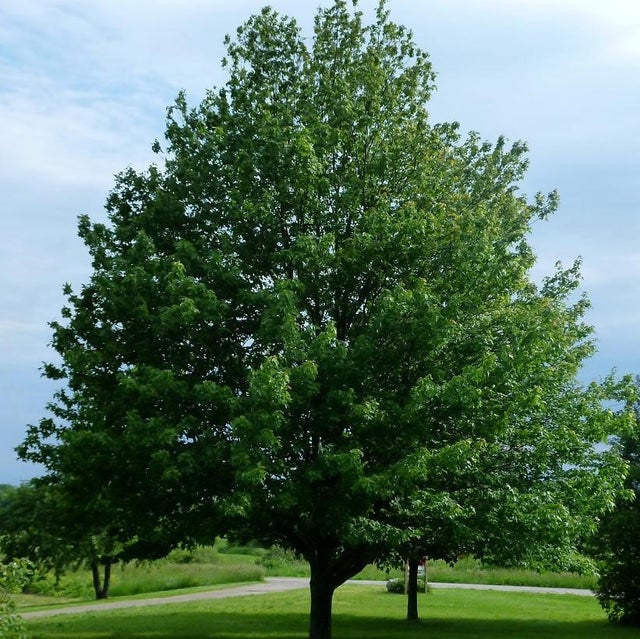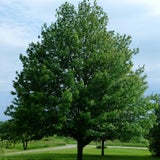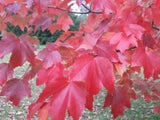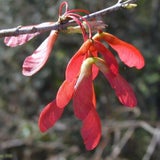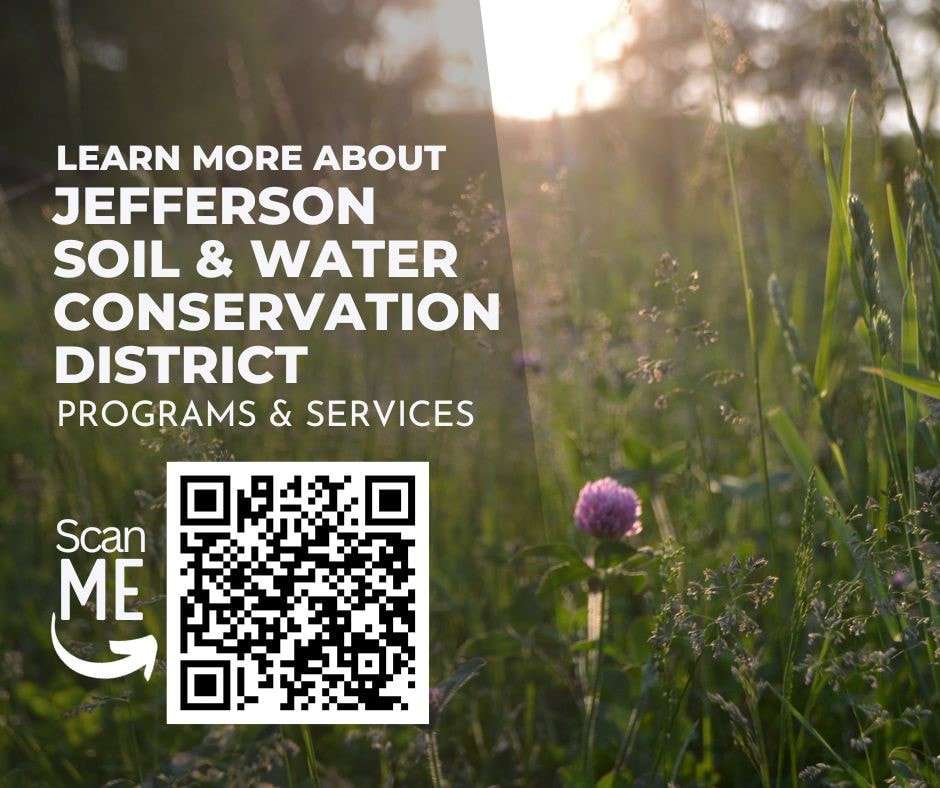- 2024 Native Trees
- >
- Native Trees
- >
- Red Maple (Acer rubrum)
Red Maple (Acer rubrum)
Height: 40 to 70 feet
Spread: 30 to 50 feet
Bloom Time: March to April
Sun: Full sun to part shade
Suggested Use: Shade Tree and Fall Color
Tolerate: Black Walnut, Wet Soils and Deer
Native to: Jefferson County
One of the most easily recognized trees that is native to Jefferson County is the Red Maple. These trees had a period of great favor in the landscape as a result of their showy and dramatic fall color, quick growth rate, great dependability, and low maintenance.
The tree adapts well to its surrounding be it the back yard or the back forty. Considered a medium sized tree, it has a classical oval crown that was so sought for after World War II by soldiers returning home who were enamored by the extremely manicured and shaped trees of France. The leaves are easily recognizable as they look like the well-known maple leaf shape that you see on the Canadian flag, yet the leaves only have three points versus five. These points aid the amateur tree identifier with each point representing a letter in the name R-E-D.
The Mingo people of Jefferson County, used red maple for medicinal purposes. They made a concoction out of the bark that was applied to the eyes when they became irritated and inflamed. This same concoction was taken consumed to stop muscle aches and provide relief to itchy hives. Bezaleel Wells, the founder of Steubenville, used the bark to make brown and black dyes for the wool he refined. Many other early Americans found the red maple useful in making furniture. It is a fine-grained white wood that was easy to carve. Red Maple was used to make chairs, cabinets, cutting boards, flooring and musical instruments. Gunsmiths used the wood to make stocks for hunting rifles because it was light and had strength while the businessmen added iron sufate to the tannin of red maple to make ink for writing.
Red Maples are of vital importance to the wildlife. The early blooms of the trees provide a much needed food source to many native bees and pollinators after a long winter where food is in short supply. The Red Maple is a host plant to 273 butterflies and moths. The tree is a perfect tree for birds as the food source is great and the branching allows for great nesting features. ■

